to campanula
southerngardening24
9 years ago
Related Stories
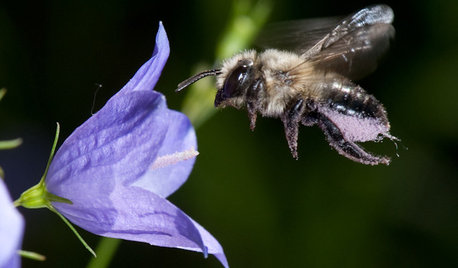
NATIVE PLANTSGreat Design Plant: Color Outside the Lines With Bluebell Bellflower
Plant this Campanula on pathway and patio edges for shots of bright blue from May through September
Full Story
GARDENING GUIDESDo You Have This Invasive Plant in Your Yard?
Garlic mustard is spreading across the U.S. Here’s how to spot it and what to do
Full Story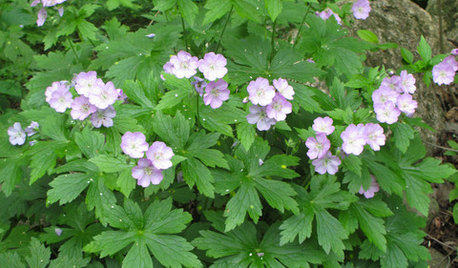
NATIVE PLANTS10 Essential Native Perennials for the Great Lakes and Upper Midwest
These adaptable native plants thrive in a variety of conditions and will provide flowers throughout the season
Full Story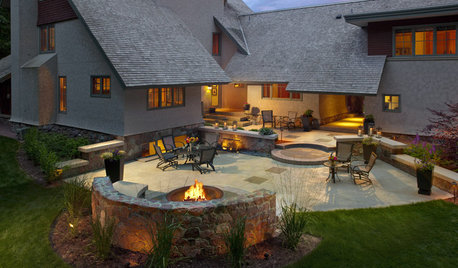
GARDENING AND LANDSCAPING10 Rock Wall Ideas for a Style-Strong Patio
Strengthen the look of your yard — and solve landscape design dilemmas — with a rock wall that fits right in
Full Story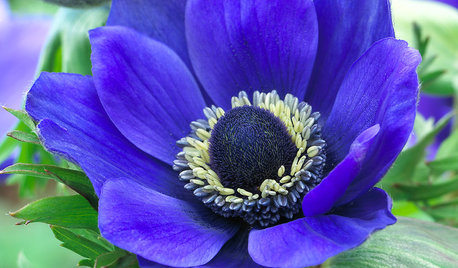
FALL GARDENING6 Splendid Blue-Flowering Bulbs
How do you blue? With colors from sky to cobalt, these bulbs will greet you merrily in a spring garden
Full Story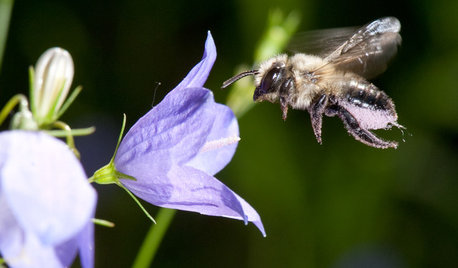
GARDENING GUIDESPut Out the Welcome Mat for Leafcutter Bees in Your Garden
Provide a diversity of flowering plants from spring through fall for these charismatic native bees, and you won’t be disappointed
Full Story
URBAN GARDENSGarbage to Garden: A Vacant Philly Lot Gets Some Green-Thumb Love
Transformed by an artist, this once-derelict urban property is now a tranquil garden with living walls
Full Story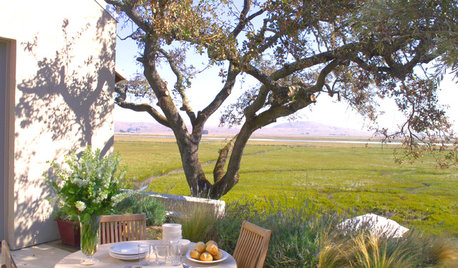
GARDENING AND LANDSCAPING8 European-Style Patios That Invite and Charm
Settle into a Spanish courtyard or fan yourself at a French farmhouse. These worldly patios will inspire outdoor relaxing anywhere
Full Story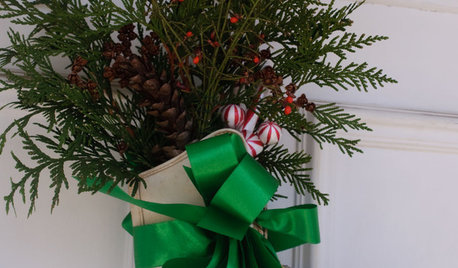
GREAT LAKES GARDENINGGreat Lakes Gardener's December Checklist
Learn the dangers — and benefits! — of snow in the garden, and how to decorate for the best look and the least damage
Full Story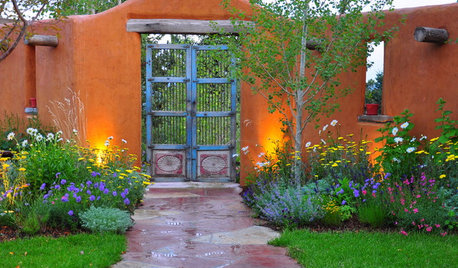
GARDENING AND LANDSCAPINGHow to Pick a Nice Wall for Your Garden Room
Made by hand, prefab or growing from the ground, garden walls are key landscaping elements. Here's what to think about for your yard
Full StorySponsored
More Discussions






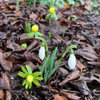

User
southerngardening24Original Author
Related Professionals
Danbury Landscape Architects & Landscape Designers · Lakewood Landscape Architects & Landscape Designers · Marco Island Landscape Architects & Landscape Designers · Simi Valley Landscape Architects & Landscape Designers · Paradise Landscape Architects & Landscape Designers · Bedford Heights Landscape Contractors · Eagle Landscape Contractors · Franklin Landscape Contractors · Garland Landscape Contractors · Goodlettsville Landscape Contractors · Holland Landscape Contractors · Lemont Landscape Contractors · Lexington Landscape Contractors · North Ridgeville Landscape Contractors · Uxbridge Landscape ContractorsUser